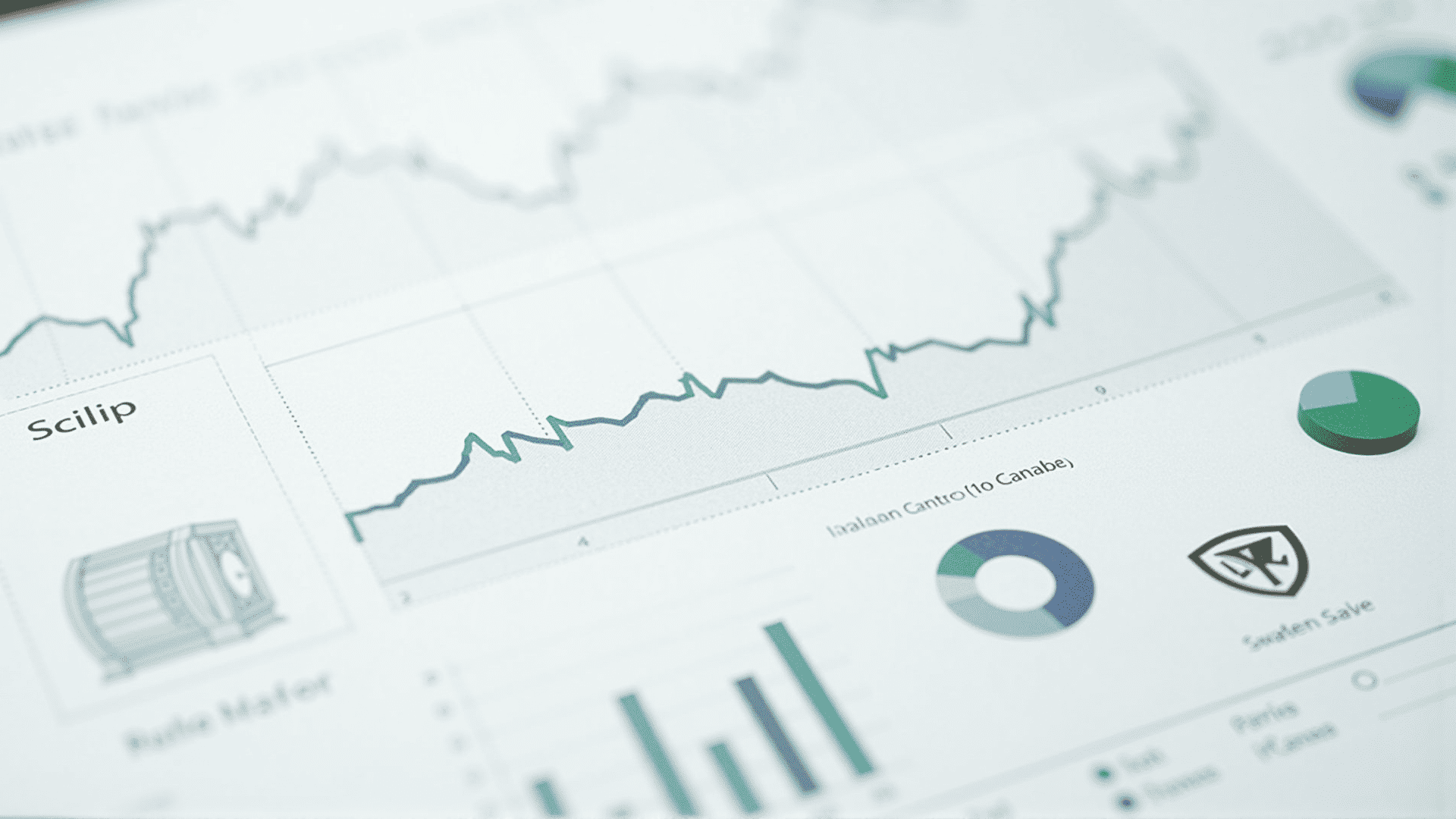Economic indicators are vital tools that provide insight into the health of a nation's economy, offering a snapshot of its current conditions and predicting future trends. In the context of Canada, understanding these indicators helps policymakers, businesses, and individuals make informed decisions. Let's explore some key economic indicators that shape Canada's economic landscape.
Gross Domestic Product (GDP): GDP measures the total value of all goods and services produced within Canada and is a primary indicator of economic strength. An increase in GDP signifies economic health, reflecting higher productivity and growth. Conversely, a decline may indicate economic challenges.
Unemployment Rate: This indicator tracks the percentage of the labor force that is unemployed and actively seeking employment. A low unemployment rate suggests a healthy employment environment, while a high rate may signal economic distress, impacting consumer confidence and spending.
Inflation Rate: Inflation is the rate at which the general level of prices for goods and services is rising. Canada's central bank closely monitors this indicator to maintain price stability. Moderate inflation is typically a sign of a growing economy, but excessive inflation can erode purchasing power.
Consumer Price Index (CPI): Closely linked to inflation, the CPI measures changes in the price level of a market basket of consumer goods and services purchased by households. It's a key indicator for cost of living adjustments.
Balance of Trade: This represents the difference between the value of Canada's exports and imports. A positive balance indicates a surplus, meaning Canada exports more than it imports, which is generally considered favorable for economic health.
Interest Rates: Set by the Bank of Canada, interest rates influence borrowing costs and consumer spending. Lower rates can stimulate economic activity by making loans more affordable, while higher rates typically aim to cool down inflation.
Housing Starts: This measures the number of residential building projects that begin construction within a given period. It is a leading indicator of economic activity, as it reflects the confidence of builders and consumers in the economy.
Retail Sales: An important gauge of consumer demand, retail sales data provides insight into consumer spending, a significant component of the GDP. Trends in this indicator can reveal shifts in consumer behavior and confidence.
Understanding these economic indicators is crucial for gaining insight into Canada's economic conditions. By analyzing these metrics, various stakeholders can grasp the complexities of the national economy, facilitating more strategic decisions and fostering overall economic well-being.
